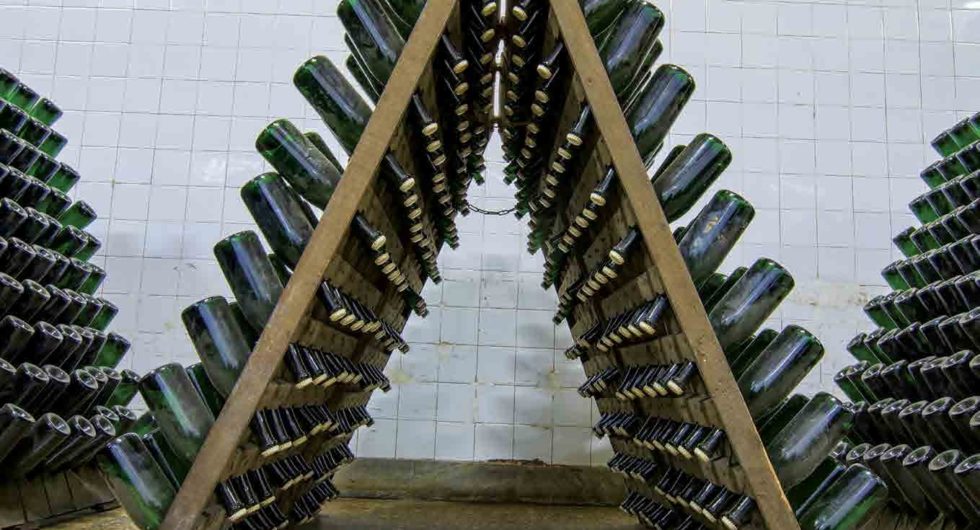Traditional methods
Pinot Gris Brut Nature in Argentina


You must be old enough to consume alcohol legally in your country of residence.
Enter in the websitePinot Gris Brut Nature in Argentina

Pinot Gris is a grape variety that holds a special place in the history of Bodega Piedra Negra. We were the first to plant it in Argentina, and are still the top producers of Pinot Gris in Mendoza. This very versatile grape variety offers up various different sides. Having been made as a white, a rosé, in vats and then in barrels, and as dry and late harvest, for the second year it is being produced as a Charmat method sparkling wine.
For the first time, we are now launching our Champagne-method sparkling wine made exclusively from our Pinot Gris, planted in Chacayes at 1,100 metres above sea level. Pinot Gris is a delicate, early-ripening grape variety. In order to preserve its subtle aromas, we harvest by hand in early February, always at the coolest times of day and never after 10 in the morning. The grapes are transported in 16 kg crates and taken to the bodega to be pressed the same day. The pressing process is known as ‘direct’, because the bunches are placed in the press whole, without any mechanical action beforehand. After this comes a sequential programme, extracting the must in accordance with the Champagne-method yields for the first and second pressings (the cuvée and taille respectively), limiting the amount of juice from last pressings (rebêche). Grape marc (4000 kg) thus produces 20.5 hl of cuvée and 5 hl of taille. This direct pressing is vital to obtain fine, delicate must with no tannin extraction, which would give the wine a rusticity far removed from the elegant, Champagne-style profile we are seeking.
Once this must has been obtained, it is settled to a relatively clear level (70 NTU) and fermented at low temperatures for 15 days. The wine then remains in the vat on coarse lees for two months with weekly yeast stirring, to ensure fullness and shape on the palate.
It is then enhanced with a liqueur de tirage (sugar and yeast) before being bottled to allow the second fermentation to start. This fermentation is slower, and afterwards the yeast initiates the process of autolysis which augments the wine with a wide range of proteins, including the famous mannoproteins. After 18 months on racks, we begin riddling to separate out the yeast on the side of the bottle from the wine. This is performed by hand and takes more than six weeks.
Once the yeast deposits have collected in the bidule inserted in the neck of the bottle, it is frozen by placing the bottle upside down in an ice cube tray. The bottle is then turned back around and the top removed. The gas ejects the capsule, bidule and yeast deposits from the bottle in a process called disgorgement. After this stage, it is standard practice to rectify and refine wines by adding dosage liquor. This can contain various ingredients, but generally consists of wine and sugar. We have not found any need to modify our Champagne method Pinot Gris, which is very elegant in style combining freshness and a velvety style, and as a result we do not add any dosage liquor. This is why our Champagne-method wine bears the phrase ‘Brut Nature’. You could also add ‘Zéro Dosage’.
By Thibault Lepoutre – Director of Bodega Piedra Negra